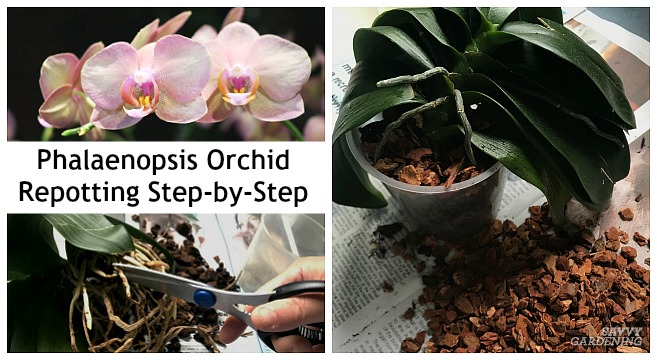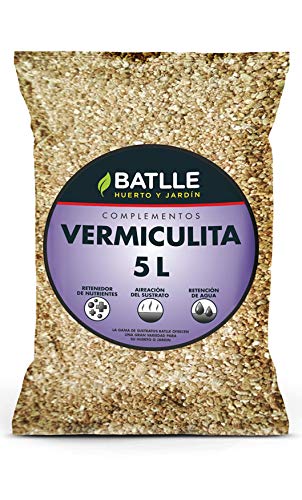Phalaenopsis Orchid Care: [Soil, Humidity, Pruning and Problems]

What characteristics does the phalaenopsis orchid have?

The phalaenopsis orchid, scientific name for the butterfly orchid, also known as the alevilla or mouth orchid, is an epiphytic plant.
That is, it does not settle on the ground directly, but lives in the middle of rocks and other plants.
In this case, in trees, integrating a taxonomic group of which there are about sixty species.
It is of supreme beauty and its popularity has spread so much in the world that it is easy to find it in any garden, nursery or greenhouse.
There is no gift of better taste, more exquisite and elegant than a bouquet of orchids, especially of this species.
Phalaenopsis means «butterfly-like» (phaena: butterfly, and opsis: similar), a name given to this species of orchid by the botanist CL Blume in 1752, because it simulates being a beautiful representative of tropical moths.
This type of orchids live in the upper parts of the trees to seek sunlight in the dense tropical forests, and they feed on the humidity of the environment, the rainwater and the humus deposited in the branches, adapting so perfectly that they form part of the environment, brightening it with its immaculate beauty.
It is not a plant whose roots are made for the earth but rather to grab hold of natural structures and supports that lead them to capture the nutrients provided by the rain and the organic matter that the water drags as it passes through the branches of the trees. and the stones.

Photosynthesis is carried out through the leaves and roots of the plant, from where they also extract food; their intense green leaves serve to store moisture, and the flowers emerge from the buds of panicles that grow from the floral stem.
The phalaenopsis orchid is white, magenta, or white with a magenta label, but mixing with other orchid varieties has resulted in some dazzling hybrids with bright yellow or magenta coloring.
The butterfly orchid has many qualities that make it ideal for decorating our environments, the room, the corners, the terrace, the balcony, so we must provide it with all possible care to enjoy its beautiful and long-lasting flowers.
What soil needs does the phalaenopsis orchid have?
When cultivating it, the first thing we must take into account is that it is not a plant similar to the others that we have inside the house, because, as we have explained, it has a different way of life. We must choose a transparent plastic or vinyl pot to guarantee the access of light to the plant.


The recommended substrate is that of pine bark, or cork, charcoal or vermiculite, in order to achieve easy drainage and the support of the plant, whose leaves must be carefully cared for because they constitute true stores of water and nutrients.


We will use fertilizers for orchids and we will pay more regularly in the periods prior to flowering, which in the Mediterranean climate is at the end of winter or early spring. The butterfly orchid has a bloom that lasts four to eight weeks, in spring.

How to make the phalaenopsis orchid grow strong and vigorous?
Much of the care of this plant is in the light, so we must place it near a window where it has light, but not direct sun. We will realize a failure in this aspect when we see leaves that are too dark or too pale.
In extreme cases, we can locate ourselves in the shade of other larger plants that accept direct sun, always with the idea of providing it with a natural environment such as that of the forests, where it comes from.
We will water once a week or under observation, that is, when we realize that the substrate is dry or when the roots have lost color, because if they are green it is not necessary to do so.

Irrigation water is another thing to consider. These plants can’t stand tap water because it has mineral salts that damage it, so we’ll use rainwater, and if it has n’t rained for a long time, bottled water.
Another way to irrigate is by immersion. We take the whole plant and submerge it in rainwater, then we take it out, shake it and dry it. It is also usual to spray the orchid.
It is better to do it on the flowers to avoid the appearance of spots that make them ugly. The spots on these wonderful flowers are like acne on a beautiful woman’s face.
What humidity does the phalaenopsis orchid need?
It is a high humidity orchid, 60-70%, due to the environment in which it was born, the shady forests of Southeast Asia, because, as has been said, it is nourished by the humidity of the environment.
Inside the house it will not have the same humidity, so we must provide it with the comforts that experts advise. For this reason, the drainage of the pot is important, because these species do not support very humid roots, hence to a certain extent we must control the irrigation through observation.

Remember that it is not nourished in the same way as the rest of the plants, so the substrate of the pot will serve to hold and maintain moisture in the roots, without waterlogging. In winter and summer the internal humidity of the houses drops a lot (in the case of winter due to heating).
We will solve this problem with a plate that we will place under the pot, with pebbles, to prevent the roots from coming into contact with the water, and in this way we will maintain the humidity required by the plant.

The internal temperature should always be above 16ºC even at night. Although the orchid admits temperatures up to 30ºC, it is convenient that between day and night there is a difference of about 4ºC, so that a good flowering takes place; Otherwise, it will grow strong and green, but without its most outstanding quality, the beauty of its flowers.
Is it necessary to prune the phalaenopsis orchid?
Pruning is necessary to maintain the beauty of the plant. Flower rods can be removed when flowering is complete as long as there are no knots and the flower rod has dried.
How often should we prune the phalaenopsis orchid?
Ideally, prune when flowering ends and the stem begins to turn yellow. We will look for shoots that grow on it and cut above it so that the plant continues to grow from the new shoot.
We will eliminate withered flowers and leaves that are in poor condition. It is convenient to do maintenance pruning when circumstances require it.
How can we avoid pests and diseases of the phalaenopsis orchid?
The most common diseases of orchids are fungi and bacteria, in case of poor ventilation or excess humidity. The presence of some pests can aggravate the fungus problem.
In that case, it is appropriate to use organic fungicides recommended by experts and properly clean the plant and the environment in which it is located.

The flowers can be attacked by botrytis, a disease that we will control by eliminating the affected flowers to avoid propagation, ventilate the environment and control excess humidity. Leaves can turn yellow from poor drainage or lack of moisture control.
Maybe you are also interested in:
- How often and how to water my orchids in winter?
- 6 Types and Varieties of Most Famous Orchids
- Fertilize Orchids: How, When and How Much? – Sow100
- Learn to Take Care of your Dendrobium: Everything You Need
- White Orchid Care: [Soil, Moisture, Pruning and Problems]
- Orchid Care in Winter: [Soil, Pruning and Problems]
- Orchid Care: [Soil, Humidity, Pruning and Problems]
- Orchid Cuttings: [Grafts, Time, Rooting and Planting]
- Orchid Pests and Diseases: [Detection, Causes and Solutions]
- Types of Orchids: [Characteristics and Classification]

![Photo of Tomato Caterpillar: [How to Identify and Fight It]](https://www.complete-gardening.com/wp-content/uploads/2022/08/tomato-caterpillar-how-to-identify-and-fight-it-390x220.jpg)

![Photo of How to Plant Broad Beans in your Garden: Complete Guide in [12 Steps]](https://www.complete-gardening.com/wp-content/uploads/2022/08/how-to-plant-broad-beans-in-your-garden-complete-guide-in-12-steps-390x220.jpg)
![Photo of Potato Moth (Phthorimaea operculella): [Characteristics, Detection, Effects and Treatment]](https://www.complete-gardening.com/wp-content/uploads/2022/08/potato-moth-phthorimaea-operculella-characteristics-detection-effects-and-treatment-390x220.png)